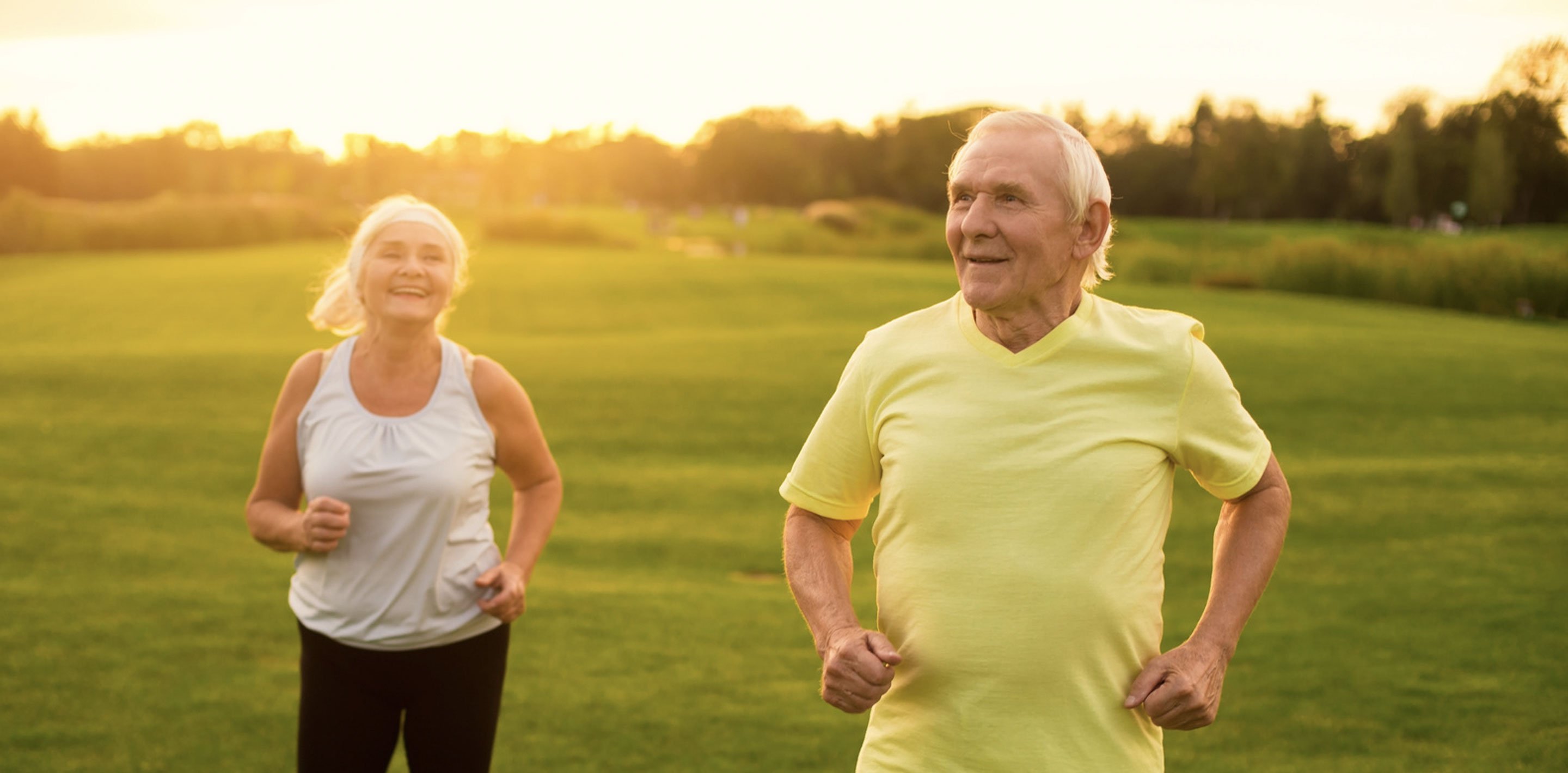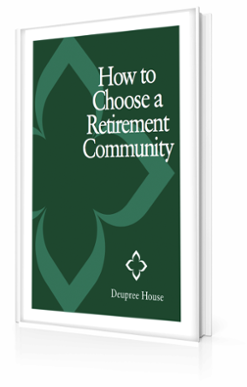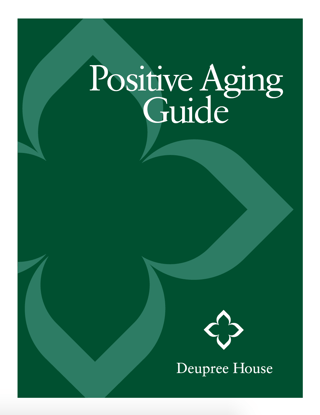Stroke is the third leading cause of death among women. Still, many women do not understand the risk of having a stroke. As retirement communities change and evolve, health and wellness initiatives must respond to critical issues like these. To ensure the health of their residents, communities must educate them on the importance of understanding what a stroke is, its signs, preventive measures that can be taken, and what to do if it happens to them or a friend. The following tips offer a good starting point.
What is a Stroke?
Simply put, a stroke is a kind of “brain attack” where blood flow to the brain is interrupted in one of two ways.
- A blood clot can block a blood vessel or artery in an ischemic stroke
- A blood vessel can break and bleed in a hemorrhagic stroke
In either case, the cells surrounding the blood vessel or artery begin to die due to the lack of oxygen and vital nutrients, causing damage to the brain.
What are the Signs of Stroke?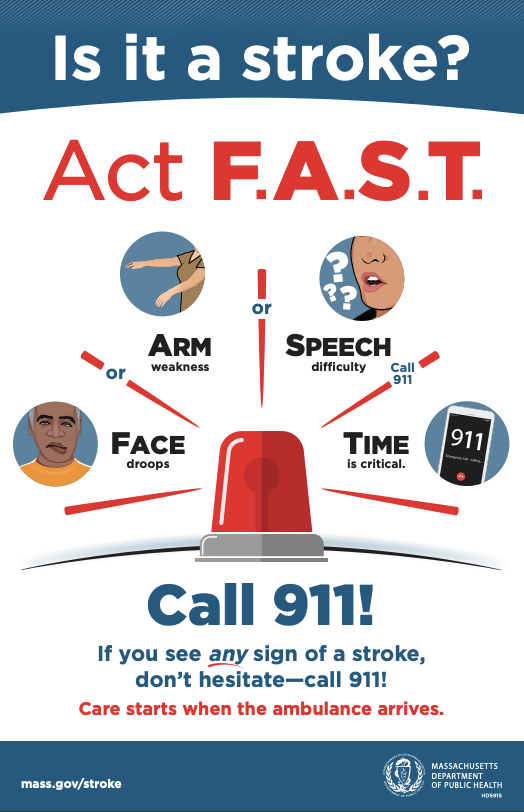
A stroke is a severe brain injury, and those affected by one may not even know they are during an attack. To those around them, they may appear confused or unsure of their surroundings. One of the most important and necessary steps to saving a life and keeping the damage to a minimum is not just recognizing someone is having a stroke, but reacting quickly.
Stroke symptoms happen fast, so it is important to understand what the signs are to act quickly.
- Numbness or weakness of the face, arm, and/or leg is usually isolated on one side of the body
- Confusion, trouble speaking, and comprehension problems
- Vision issues in one or both eyes
- Dizziness, difficulty walking, balance issues, or lack of coordination
- A sudden, severe headache with no known cause
It’s important to understand that stroke symptoms are sudden, so they would likely be recognizably aberrant behavior, even in the case of more subtle symptoms like vision problems and severe headaches.
Stroke Prevention
If your loved ones smoke or suffer from a chronic condition like high blood pressure, heart disease, diabetes, or high cholesterol, they have a higher risk of having a stroke. Basic wellness measures like quitting smoking and managing blood pressure, heart issues, diabetes, or high cholesterol significantly reduce the chance of suffering a stroke.
Prevention is the goal, but in the event of a stroke, fast action could mean the difference between life and death or permanent damage.
What to Do When a Stroke Happens? Act FAST.
A stroke is a medical emergency, so acting fast is the key to saving a life, preventing extensive damage, and starting the road to recovery. The longer blood flow is interrupted or altered, the more damage is done.
Ischemic strokes, which account for about 80 percent of all reported strokes, can be treated with a drug that dissolves the blood clots, keeping blood from flowing to the brain, and preventing permanent damage—but only when administered within a short time frame.
Stroke patients need treatment within 3 hours, but it’s vital for those having a stroke to be at the hospital within 60 minutes of the onset of symptoms. Those who receive treatment within the first 3 hours may be more likely to have a fuller recovery with minimal or no disability after 3 months.
Worried about an aging loved one? Download our Warning Signs Tip Sheet below to decide if it's time to talk about senior care.


